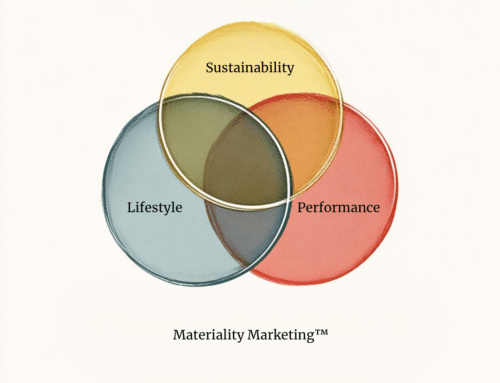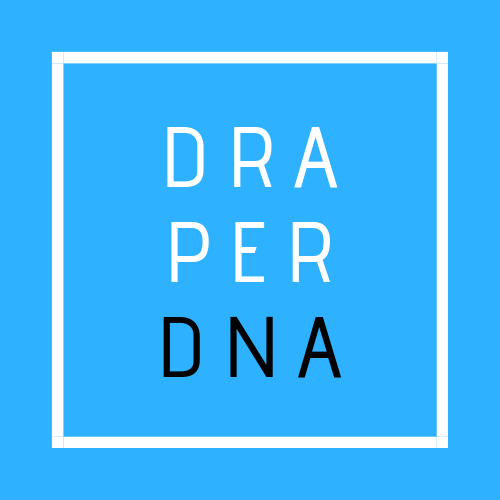Proven Lead Generation Frameworks: Turning Marketing into Measurable Growth for Building Products
October 12, 2025
Introduction: The Difference Between Activity and Results
Here’s the uncomfortable truth: a lot of building products manufacturers mistake “marketing activity” for “lead generation.” A campaign may get impressions, clicks, or likes — but if it doesn’t produce qualified dealer sign-ups, contractor enrollments, architect specs, or homeowner inquiries, it’s just noise.
That’s why proven lead generation frameworks are essential. Not guesswork, not one-off promotions, but repeatable systems designed specifically for the building products industry. This is the third reason you need an agency with subject-matter expertise — and it’s where Draper DNA delivers like no one else.
Why Lead Generation is Different in Building Products
Consumer brands chase direct conversions. Building products brands chase influence across a multi-layered decision chain:
-
Architects and designers who specify products.
-
Builders and remodelers who decide what’s practical.
-
Dealers and distributors who choose what to stock.
-
Contractors and installers who push brands they trust.
-
Homeowners who ultimately approve and pay.
A successful lead-gen framework has to orchestrate all of these players — not just one. That’s a tall order if you don’t live and breathe the industry.
Elements of a Proven Lead Gen Framework
1. Audience Segmentation That Actually Matters
Generic agencies will slice audiences into “B2B” and “B2C.” That’s useless in building products. Real segmentation looks like this:
-
Commercial architects → need spec sheets, BIM objects, and AIA presentations.
-
Residential remodelers → need fast availability, margin, and labor-savings proof.
-
Dealers → want co-op programs and local advertising.
-
Homeowners → want lifestyle stories, trust signals, and financing.
A proven framework maps messaging to each audience with surgical precision.
2. Multi-Channel Orchestration
Pros live on Facebook groups, YouTube “how-to” videos, trade shows, and contractor networks. Homeowners research on Pinterest, Instagram, and Google. Dealers read HBS Dealer, distributors read Distribution Strategy.
A true lead-gen framework connects these dots so messaging flows seamlessly across digital, print, in-person, and referral channels.
3. Clear Conversion Paths
It’s not enough to run ads. Where do they land? What do they do next?
Proven frameworks offer clear next steps:
-
Architect → download spec sheet → CEU webinar invite.
-
Contractor → rebate form → loyalty program enrollment.
-
Dealer → co-op request → sales toolkit access.
-
Homeowner → project quiz → contractor referral.
Without conversion paths, leads evaporate.
4. Scoring and Qualification
Not all leads are created equal. A contractor who installs 50 roofs a year is worth more than a homeowner asking for one quote. Frameworks apply scoring and qualification criteria that prioritize high-value prospects — and route them to the right sales follow-up.
Where Most Manufacturers Fail at Lead Gen
-
Over-reliance on mass advertising that raises awareness but produces no names or emails.
-
No dealer buy-in because programs ignore sell-through realities.
-
Weak follow-up — marketing hands off leads to sales, but sales doesn’t nurture them.
-
Failure to track ROI — activity gets reported, but actual leads and revenue don’t.
The result? Millions spent, little to show for it.
The Draper DNA Approach to Lead Gen
Proprietary Frameworks That Work
-
DNA Channel Map™: Diagnoses where leads die in the channel.
-
Spec-to-Site Framework™: Protects specs so they don’t get substituted out.
-
ProNetwork™: Builds contractor loyalty through leads, training, and extended warranties.
Field-Tested Tactics
We’ve run dealer promotions that doubled sign-ups, homeowner referral programs that delivered thousands of new leads, and contractor training campaigns that built networks still active years later.
Sales Alignment
We don’t just hand sales “a list.” We build nurturing cadences, sales enablement content, and dashboards that make sure leads don’t rot in a CRM.
Case Study: Turning Demand into Leads
The Problem: A national siding manufacturer ran consumer ads that drove homeowners to ask for their product — but contractors weren’t using it, and dealers weren’t stocking it. Leads evaporated.
The Solution: Draper DNA built a three-tier framework:
-
Homeowner leads funneled into contractor referral.
-
Contractors earned rebates + extended warranties by enrolling.
-
Dealers received co-op support for stocking and promotion.
The Result: Within six months, the manufacturer built a 1,200-contractor ProNetwork, dealers reported 20% sales lifts, and homeowner leads were actually converting to installed jobs.
Why Frameworks = Predictability
Marketing without a framework is gambling. Marketing with a proven framework is predictable, scalable, and measurable. You can:
-
Forecast lead volume.
-
Tie programs to revenue.
-
Optimize weak points.
-
Prove ROI to leadership and partners.
This is the difference between marketing being seen as “overhead” and marketing being seen as a growth engine.
Draper DNA Thought Leadership: Beyond Campaigns
At Draper DNA, lead generation isn’t a one-off campaign. It’s an ecosystem:
-
Strategy: Define targets, map journeys, align sales.
-
Execution: Run digital, social, referral, and event programs.
-
Measurement: Track not just clicks, but real lead conversion by channel.
-
Optimization: Continuously refine frameworks to perform better.
That’s why manufacturers trust us to turn budgets into results they can count on.
Conclusion: From Marketing to Measurable Growth
If your marketing partner can’t show you a framework — not just creative — for how they generate, qualify, and nurture leads in building products, they’re not really in the game.
Proven lead generation frameworks are the difference between activity and growth. Draper DNA has them, has used them, and knows how to tailor them to your exact market.





